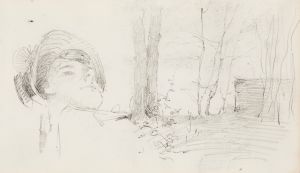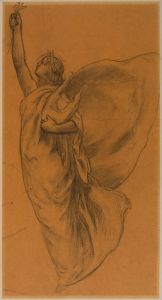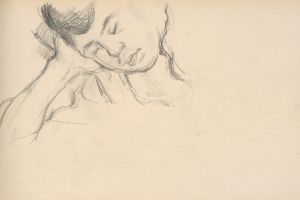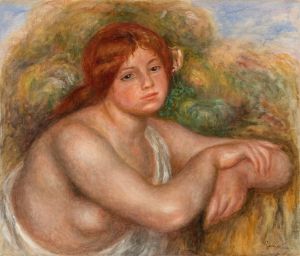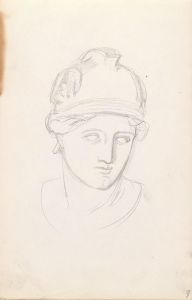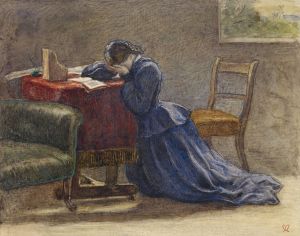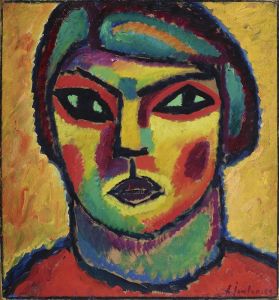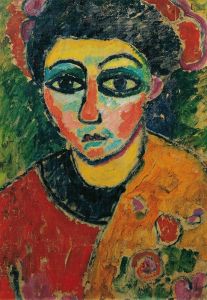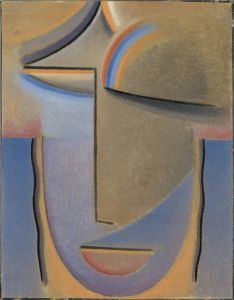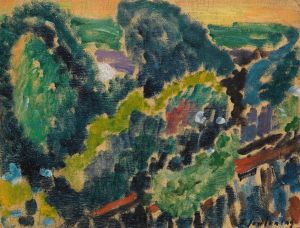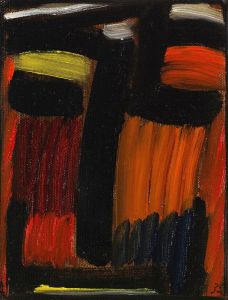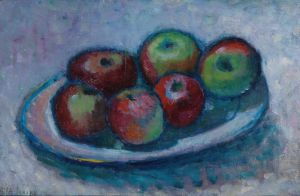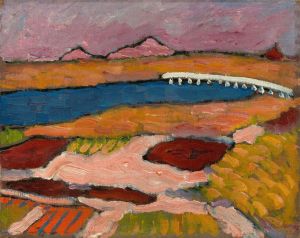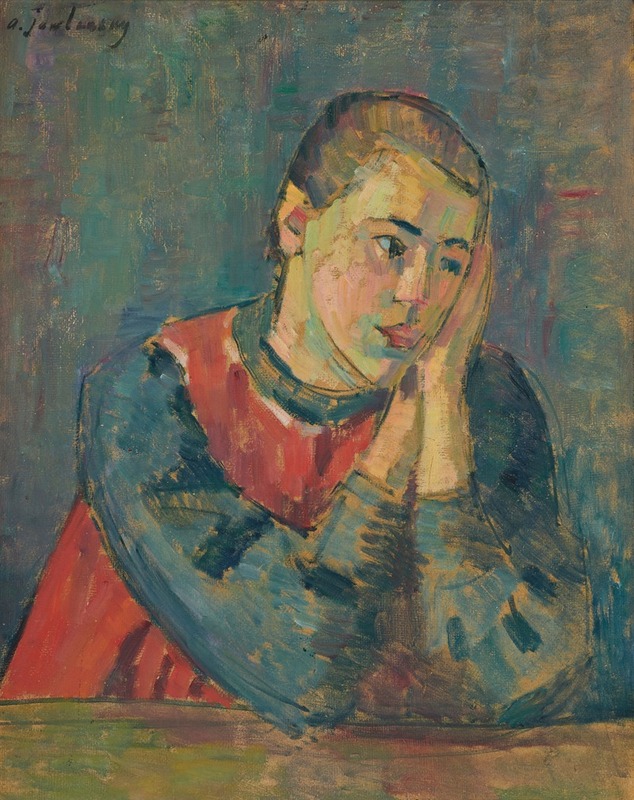
Kind Mit Gestütztem Kopf
A hand-painted replica of Alexej von Jawlensky’s masterpiece Kind Mit Gestütztem Kopf, meticulously crafted by professional artists to capture the true essence of the original. Each piece is created with museum-quality canvas and rare mineral pigments, carefully painted by experienced artists with delicate brushstrokes and rich, layered colors to perfectly recreate the texture of the original artwork. Unlike machine-printed reproductions, this hand-painted version brings the painting to life, infused with the artist’s emotions and skill in every stroke. Whether for personal collection or home decoration, it instantly elevates the artistic atmosphere of any space.
"Kind Mit Gestütztem Kopf" (Child with Head Resting on Hand) is a painting by the Russian-born German expressionist artist Alexej von Jawlensky. Jawlensky, born in 1864 in Torzhok, Russia, was a prominent figure in the early 20th-century expressionist movement. He moved to Germany in 1896, where he became associated with the Munich-based avant-garde group Der Blaue Reiter (The Blue Rider), which included artists such as Wassily Kandinsky and Franz Marc.
The painting "Kind Mit Gestütztem Kopf" is an exemplary work that showcases Jawlensky's unique style, characterized by bold colors, simplified forms, and expressive brushwork. This piece depicts a child resting their head on their hand, a pose that conveys a sense of introspection and contemplation. The use of vibrant colors and strong outlines is typical of Jawlensky's approach, reflecting his interest in the emotional and spiritual dimensions of portraiture.
Jawlensky's work was heavily influenced by his interactions with other artists and movements of his time. His early work shows the influence of Russian icon painting, which he studied extensively. After moving to Germany, he was influenced by the Fauvist use of color and the expressionist focus on emotional depth. "Kind Mit Gestütztem Kopf" reflects these influences, combining a modernist approach to form and color with a deep psychological insight.
Throughout his career, Jawlensky sought to express the inner essence of his subjects, often focusing on the human face as a means of conveying spiritual and emotional states. His portraits, including "Kind Mit Gestütztem Kopf," are not mere likenesses but rather attempts to capture the soul of the sitter. This approach aligns with the broader goals of the expressionist movement, which sought to transcend the superficial appearance of reality and explore deeper truths.
Jawlensky's work gained recognition during his lifetime, and he exhibited widely across Europe. However, his career was disrupted by the outbreak of World War I, which forced him to leave Germany and settle in Switzerland. Despite these challenges, he continued to develop his artistic vision, producing a series of meditative and abstract works in his later years.
"Kind Mit Gestütztem Kopf" remains a significant example of Jawlensky's contribution to modern art. It illustrates his ability to blend traditional influences with contemporary techniques, creating works that are both visually striking and emotionally resonant. Today, Jawlensky's paintings are held in major museums and collections worldwide, and his legacy continues to be celebrated for its profound impact on the development of 20th-century art.





